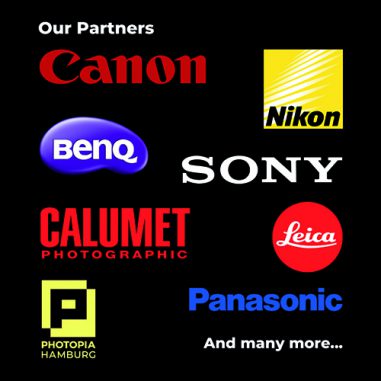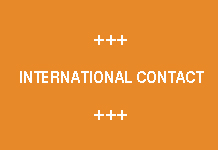With the increase of networked products and services, a user-friendly interface for personal authentication and higher security of personal information is in great demand.
Compared to the other biometric authentication techniques, vein authentication technology achieves higher accuracy on personal identification and forgery resistance because it uses the veins inside the human body, Sony said. Finger vein patterns differ from person to person, each finger to finger, and it is said that they do not change over the years.
"mofiria" uses a unique method where a CMOS sensor diagonally captures scattered light inside the finger veins, making a plane layout possible. As a result, a small and more flexible design can be realized in building this technology into mobile devices.
The vein pattern is extracted from the captured finger vein image, and data from the pattern is compressed into the size of one-tenth to store in memory, which makes it possible for the data to be stored on a mobile device.
Sony’s unique algorithm achieves fast and easy operation. The vein pattern is quickly and accurately extracted from the captured finger vein image without a fixed finger position, as the position of a placed finger is automatically and simultaneously corrected. As a result, the authentication accuracy is less than 0.1 percent for the FRR (False Rejection Rate), less than 0.0001percent for the FAR (False Acceptance Rate), and processing time for identification takes only about 0.015 sec using a personal computer CPU and about 0.25 sec when using a mobile phone CPU.
Sony plans to promote the "mofiria" technology for use in mobile devices, gateway security systems and solution services. Sony will aim for commercializing this technology within the 2009 fiscal year.





